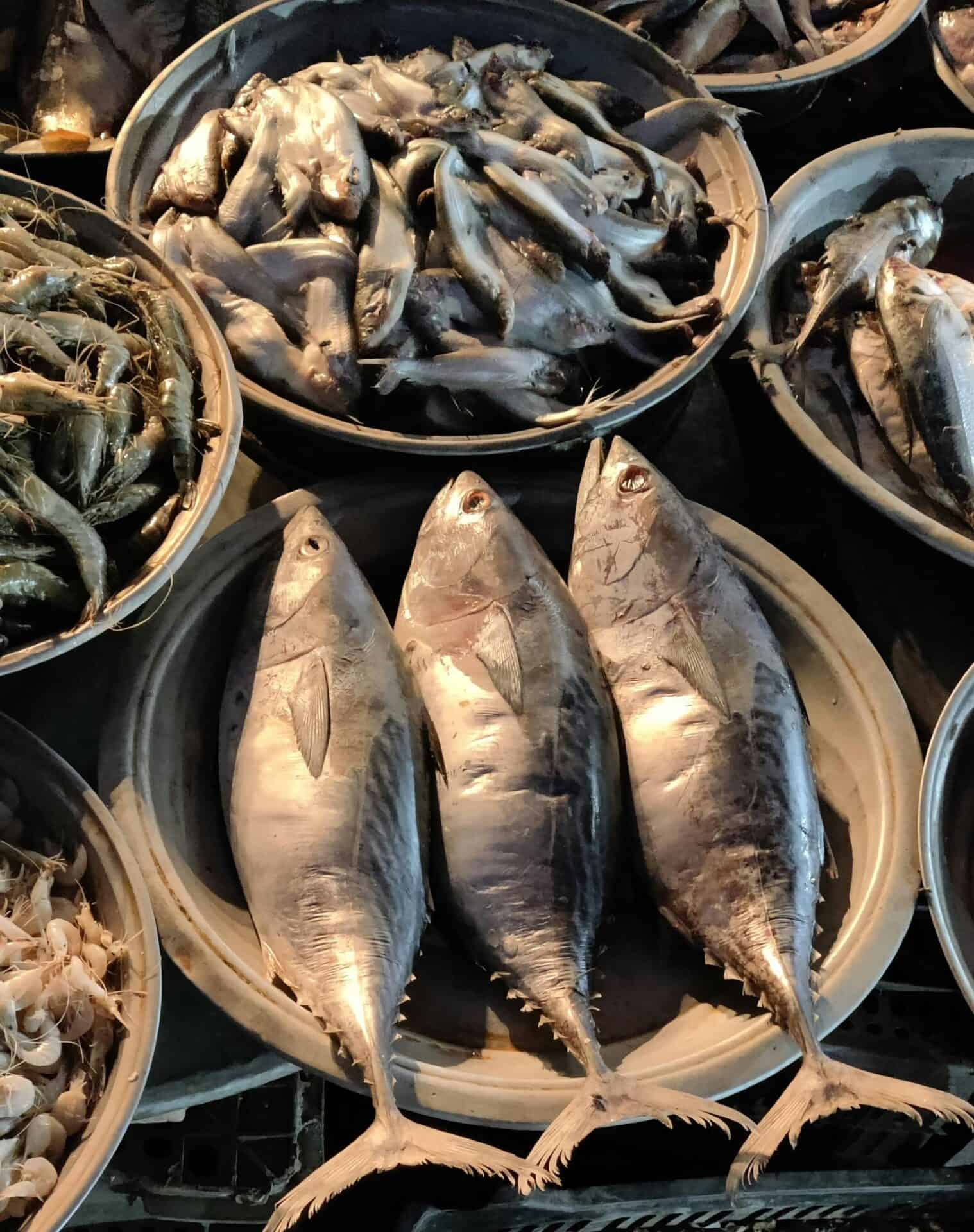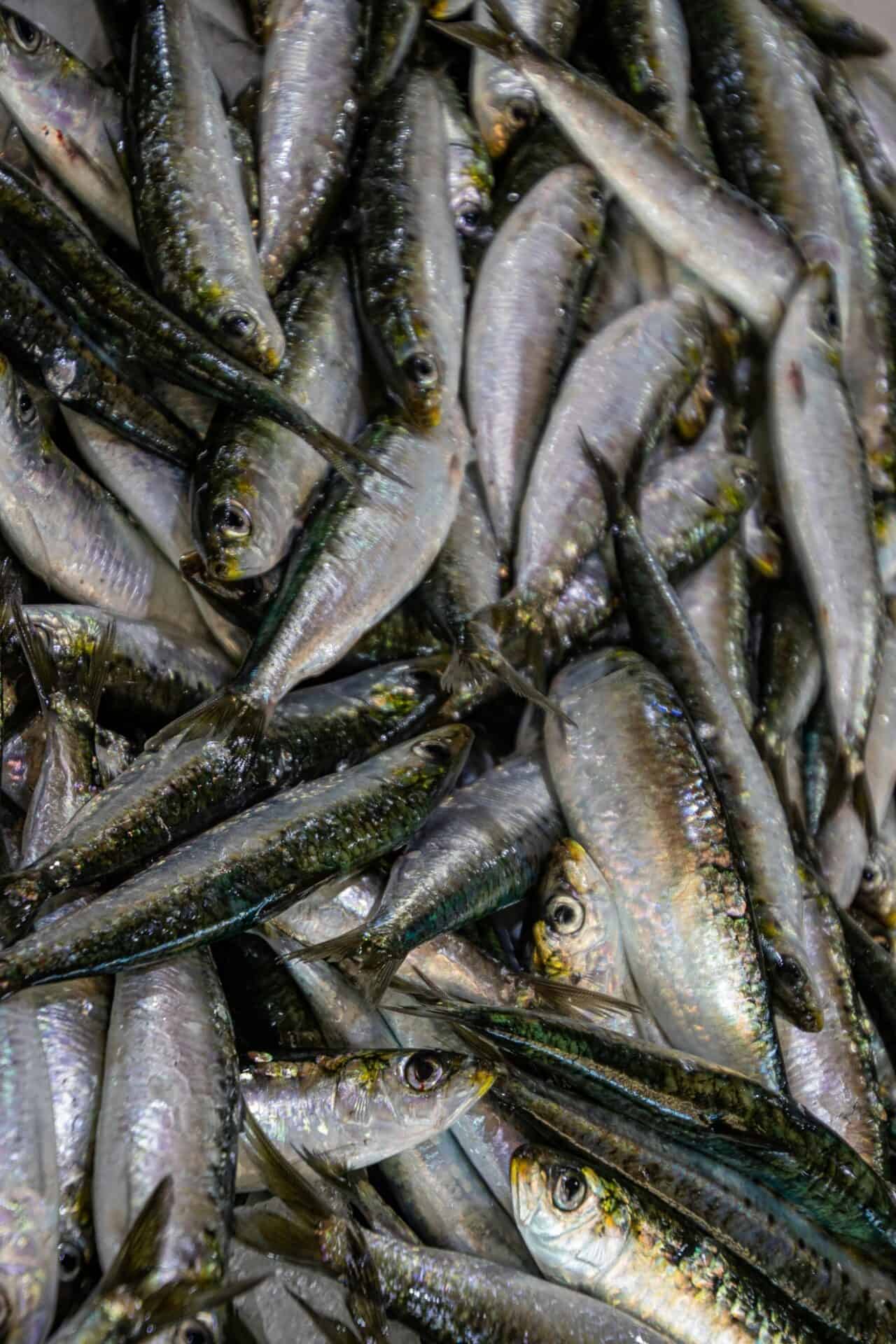The Ugly Truth About Heavy Metals in Fish – And the Best Choices for a Clean Diet
The Ugly Truth About Heavy Metals in Fish – And the Best Choices for a Clean Diet
You’ve probably heard that eating fish is great for your health—omega-3s, protein, all that jazz. But thanks to modern pollution, some fish come with a side of mercury, arsenic, and other heavy metals that you definitely didn’t order.
If you’re picturing a massive tuna steak or a swordfish fillet right now, we’ve got bad news: the bigger the fish, the bigger the toxic load. These ocean giants sit at the top of the food chain, which means they accumulate all the heavy metals from the little fish they eat… and the little fish those fish ate… and so on. It’s like the worst pyramid scheme ever, except instead of losing money, you’re risking your health.

Why Heavy Metals in Fish Are a Problem
You’ve probably heard that eating fish is great for your health—omega-3s, protein, all that jazz. But thanks to modern pollution, some fish come with a side of mercury, arsenic, and other heavy metalsthat you definitely didn’t order.
If you’re picturing a massive tuna steak or a swordfish fillet right now, I’ve got bad news: the bigger the fish, the bigger the toxic load. These ocean giants sit at the top of the food chain, which means they accumulate all the heavy metals from the little fish they eat… and the little fish those fish ate… and so on. It’s like the worst pyramid scheme ever, except instead of losing money, you’re risking your health.
Fish to Avoid Like the Plague
To dodge the toxic load, you want to avoid large, long-living predators. These are the worst offenders when it comes to mercury and other contaminants:
- Tuna (especially bigeye and albacore) – The sushi favorite, but also one of the worst mercury offenders.
- Swordfish – Think of it as the aquatic version of a Teflon pan—great marketing, but full of nasties.
- Shark – First of all, who is still eating shark? They’re an endangered species! Second, it’s packed with mercury.
- King Mackerel – Not all mackerel are bad, but this particular type is a mercury heavyweight.
- Barracuda – This mean-looking predator doesn’t just pack mercury—it’s also known to carry ciguatera toxin, which can cause serious food poisoning that messes with your nervous system. Eating barracuda is basically playing Russian roulette with your dinner.

The Best Fish to Eat (Low in Contaminants, High in Nutrients)
Not all fish are doomed. Some species stay lower on the food chain, meaning they don’t accumulate as many heavy metals. Here’s what you should be eating:
Wild-Caught Salmon
- Low in mercury, high in omega-3s, and packed with protein.
- Wild is always better than farmed—farmed salmon can be full of antibiotics and artificial coloring.
Sardines
- Small fish = low toxins.
- Super high in omega-3s and even provide calcium if you eat the bones.
Anchovies
- Tiny but mighty. Low in contaminants and high in healthy fats.
Herring
- Another small fish that’s a nutritional powerhouse.
- If you like pickled fish (looking at you, Scandinavians), herring is a solid option, or eat them raw as the Dutch do!
Trout (Wild-Caught, Not Farmed)
- Similar benefits to salmon but often less expensive.
- Avoid farmed trout, which can be loaded with questionable feed.
Atlantic Mackerel (Not King Mackerel!)
- A great source of omega-3s with very little mercury.
- Tastes amazing grilled or smoked.
Smaller White Fish (Haddock, Cod, Pollock)
- Generally low in mercury.
- Great lean protein sources.

Final Tips to Eat FishWithout the Heavy Metal Nightmare
- Choose small, short-lived fish. The less time a fish spends swimming around eating contaminated food, the cleaner it will be.
- Go wild whenever possible. Farmed fish often contain antibiotics and questionable feed.
- Check local advisories. If you’re catching your own fish, make sure the waters aren’t polluted.
- Limit high-mercury fish to special occasions. If you must have tuna, keep it occasional, not a staple.
Fish can still be one of the best sources of nutrition on a carnivore diet—just be smart about which ones you’re eating. Stay away from the ocean’s top predators, stick to the little guys, and you’ll get all the benefits of seafood without the toxic side effects.
– Patrick
Your Ultimate Fish Devourer 🥩👨🍳
Related Carnivore Chronicles
You have made it this far, so why stop now? Explore more Caveman Diaries that will keep your real food journey inspired. Whether you are here for practical tips, deeper insights, or just a smile at some of the modern nutrition myths, there is plenty to enjoy.
Grab your favourite cut, relax, and keep exploring the world of Functional Carnivore.
Oh, and while you’re at it, why not share this chronicle with your friends?
Reach Out – Let’s Talk!
Reach Out – Let’s Talk!
If you’re feeling stuck, low on energy, uncomfortable in your body, or unsure where to even begin, I’m here to help.
Send me a message and we’ll talk through what’s going on, what you need, and how this coaching can support you. No pressure, no perfect timing, just a real conversation about what’s possible.
You don’t have to figure it out alone.
Let’s take the first step together.






